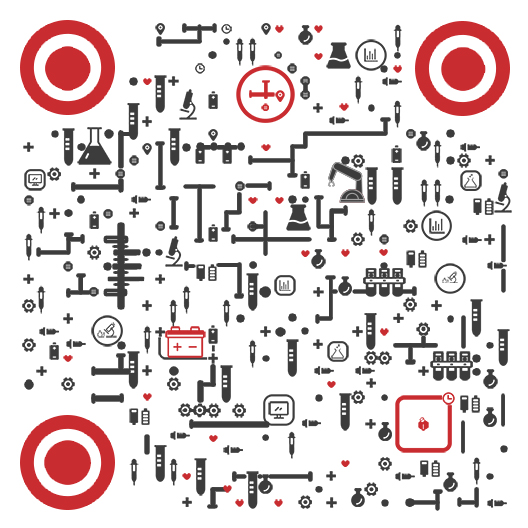Noise monitoring
Environmental noise pollution is one of the ways of pollution that we often encounter. Environmental noise detection is mainly the measurement of noise in public places and indoor noise.
These include: noise monitoring of various functional areas in cities, road traffic noise monitoring, regional environmental noise monitoring and noise source monitoring. Noise monitoring results are generally expressed as A-weighted sound level. The results of noise monitoring are used to analyze the current situation and changing trends of noise pollution, and also to provide basic data for the planning and management of noise pollution and comprehensive remediation.
(1) The sound environment standards are divided into "sound quality standards" and "noise emission standards". The new standard jointly issued by the Ministry of Environmental Protection and the General Administration of Quality Supervision, Inspection and Quarantine combines GB3096-93 and GB/T14623-93 into one standard GB3096-2008, with the name changed to "sound environment quality standard", and GB12348-93 and GB12349-93 into one standard GB12348-93. 93 into a standard GB12348-2008, the name was changed to "industrial enterprise factory boundary environmental noise emission standards", and also the new GB22337-2008 "social living environment noise emission standards", so that the sound environment standards formed the basic framework of the environmental standards system, which is a major progress in the construction of the sound environment standards system. A major progress in the construction of the standard system.
(2) The basic concept of sound environment standards, give a clear definition. In GB3096-2008, part 3, gives the "daytime equivalent sound level" and "nighttime equivalent sound level", "daytime" and "daytime", "daytime" and "nighttime". daytime", "A maximum sound level", "cumulative percent sound level", "urban", "rural ", "traffic arteries", "noise sensitive buildings", "sudden noise" and other 11 basic concepts; in GB12348- 2008, the new part 3 gives "industrial enterprise factory boundary environmental noise", "factory boundary", "frequency noise", "incidental noise ", "octave band sound pressure level", "steady-state noise", "non-steady-state noise", "background noise " and other eight basic concepts (also includes "A sound level", equivalent sound level", "noise sensitive buildings", "daytime " and "daytime", "maximum sound level" and other five basic concepts); in GB22337-2008, part 3, the new "social life noise ", "boundary" and other two basic concepts (also includes "A sound level", "equivalent sound level", "noise sensitive buildings", "background noise", "octave band sound pressure level", "daytime" and "daytime (6 basic concepts such as "daytime" and "daytime"). It is the application of the key words of each standard, showing the standardization of the new standard, while the correct implementation of this standard, has a guiding significance.
(3) increased the indoor environmental noise limits to provide a direct basis for indoor environmental noise monitoring. In GB12348-2008 and GB22337, the "indoor noise emission limits for structure transfer fixed equipment" are clearly specified, so that the monitoring of indoor ambient noise by testing institutions has a practical basis for the standard. In particular, the indoor environmental noise pollution generated by equipment such as pumps, elevators and transformers in residential buildings is explained by the State Environmental Protection Administration (Environmental Letter (2007) No. 54), which can be implemented with reference to GB12347-93. This "interpretation" of the "reference" standard ", due to the promulgation of GB12347-2008, provides a feasible applicable standard. This makes it more feasible for environmental testing agencies to monitor indoor environmental noise pollution.


 Telephone
Telephone  Contact
Contact